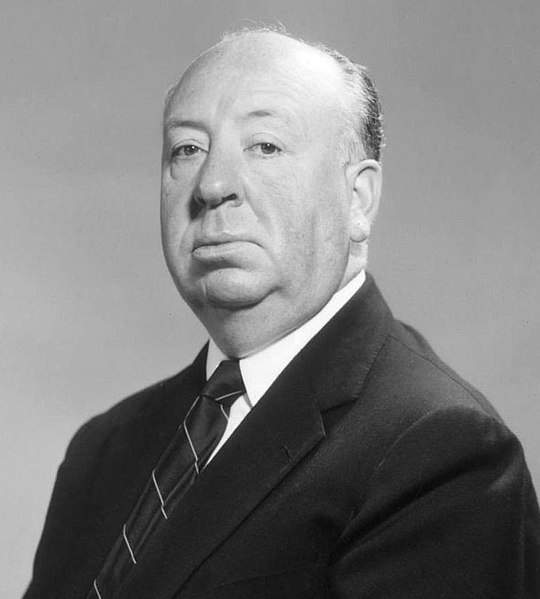Alfred Hitchcock (London, 1899 - Los Angeles, 1980), the director of thrills, will be celebrated as part of the Alfred Hitchcock in the Films of Universal Pictures photography exhibition to be held from April 7 to Sept. 1, 2019, at the Museo della Grafica in Pisa. Produced and organized by ViDi, the exhibition features 70 photographs and special content from the Universal Pictures archives that take the audience backstage to major Hitchcock films produced by the American major.
It starts with Psyco (1960), one of his most controversial works that managed to break all box office records and sent audiences fleeing theaters in panic. A chance to see a behind-the-scenes look at the metaphysical Motel Bates, learn about Norman’s creepy character, Marion’s dual personality and the famous shower scene. We continue with The Birds (1963), a film in which he introduced numerous innovations in sound and special effects; with as many as 370 camera tricks, the film took nearly three years to prepare because of its technical complexity.
The itinerary through the Hitchcockian universe continues with The Backyard Window (1954), with James Stewart playing photojournalist “Jeff” Jeffries, who is confined to a wheelchair due to a leg fracture and who, to overcome boredom, spies on the lives of his neighbors from his apartment, until he becomes convinced that a murder has taken place in an apartment. The film was a great success; released in August 1954, by May 1956 it had grossed $10 million. And again, The Woman Who Lived Twice (1958), a masterpiece that has become an object of reverence, telling one of cinema’s most distressing love stories, told through an endless number of angles and extraordinary shots in San Francisco’s most famous locations. The photographic material also casts a glimpse into other famous films such as Saboteurs ( 1942), The Shadow of Doubt (1943), Knot at the Throat (1948), The Conspiracy of the Innocents (1955), The Man Who Knew Too Much (1956), Marnie (1964), The Torn Curtain (1966), Topaz (1969), Frenzy (1972) and Family Conspiracy (1976). Along the entire perimeter of the exhibition, the visitor is accompanied by a series of video insights by Gianni Canova, curator of the exhibition.
A section is also devoted to the music that connoted some of his films, including that of Bernard Herrmann, an American composer who wrote, among others, the famous soundtracks for The Woman Who Lived Twice and Psyco, which were an integral and fundamental part of the construction of the Hitchcockian sense of expectation. Ideally closing the exhibition is the montage featuring Hitchcock’s famous and fleeting appearances on stage. Born as cute gags, cameos became over time a real superstition. Audiences began to eagerly await them, and to prevent the viewer from becoming too distracted during the film, the director decided to anticipate them at the very first few minutes of the beginning.
“Hitchcock, as the critics of the nouvelle vague have said,” Canova says, “was one of the greatest creators of form in the entire twentieth century. his films, no matter how many times you see them again, are a surprise every time. each time they open new perspectives through which to observe the world and look at life.” The exhibition is accompanied by a catalog published by Skira. Hours: Monday to Sunday from 9 a.m. to 8 p.m. Ticket price: full €9, reduced €7.
For all information you can call 050-2216060, send an e-mail to museodellagrafica@adm.unipi.it or visit www.museodellagrafica.unipi.it.
Pictured: Alfred Hitchcock
Source: press release
 |
| An exhibition in Pisa dedicated to the great director Alfred Hitchcock |
Warning: the translation into English of the original Italian article was created using automatic tools. We undertake to review all articles, but we do not guarantee the total absence of inaccuracies in the translation due to the program. You can find the original by clicking on the ITA button. If you find any mistake,please contact us.